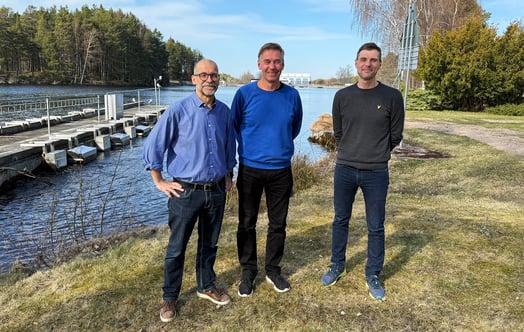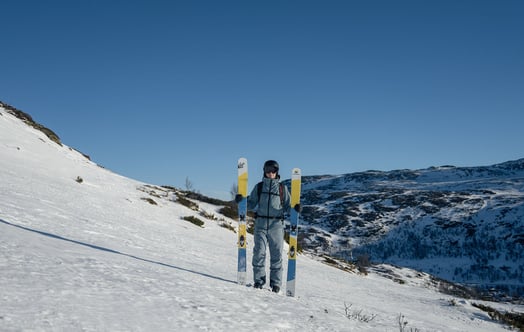
The water in the Biotest Lake is 10 degrees above average all year round. The temperature difference, due to the heated cooling water from the nuclear power plant in Forsmark, enables researchers to study how climate change affects the marine environment. However, it is not only researchers who find the place interesting; many seabirds, especially sea eagles, are attracted there all year round.
The Forsmark nuclear power plant, located on the Swedish coast of Uppland in northern Roslagen, has been in operation since the early 1980s. To measure Forsmark's environmental impact, a walled-off area was built in 1977, a few years before production started. The area has been named Biotest Lake and is very important for marine biological research.
"In Biotest Lake, we research global warming and see how fish react to increased temperatures. Extensive research is being conducted on how food webs and ecosystems are affected, and Biotest Lake is an excellent place to study this. Here, for example, we can see how reproduction and growth patterns are affected when the water temperature rises. Some species survive, while others are driven away out because it's very different to a Swedish ecosystem", says Anders Adill, environmental analyst and biologist at the Coastal Laboratory at the Swedish University of Agricultural Sciences (SLU).
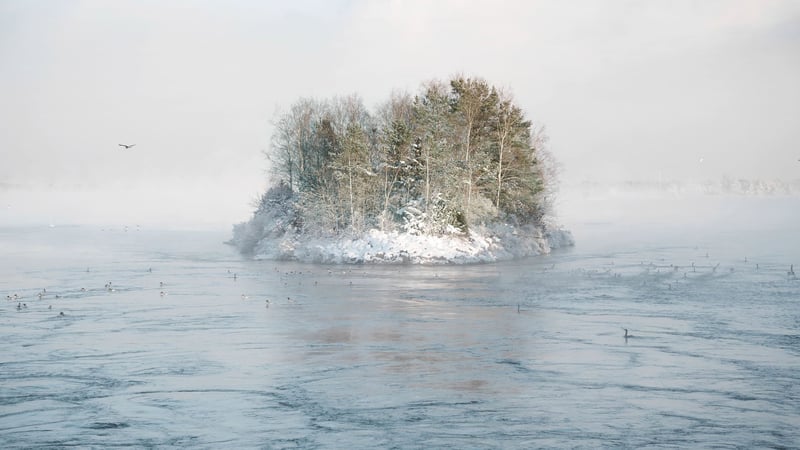
The coastline of Forsmark.
Some species benefit, others don't
Anders Adill is responsible for environmental monitoringat all Vattenfall's nuclear power plants, including Forsmark. To investigate the impact of nuclear power plants on the environment, he collects and analyses marine biological material, and in the case of Forsmark, access to Biotest Lake is crucial.
The Biotest Lake is an artificial lake, originally a typical Swedish archipelago. When the cooling water channels and the nuclear power plant were built, blasting was used to build around the natural archipelago islands, creating a lake covering one square kilometer, explains Anders Adill.
Until 2004, there was a fence around Biotest Lake that prevented fish from moving freely between the lake and the sea. When it was removed, there was a noticeable change in the types of fish found there.
"Removing the fence had a major impact on the environment. The Biotest Lake attracts certain species, while others that cannot tolerate warmer water disappear. Trout is one such species that comes to the lake in the winter, when the temperature is perhaps 10–12 degrees, as does whitefish. In the spring, however, fish that prefer warmer water, such as perch and roach, seek refuge there instead. But in general, you could say that species diversity in the water is decreasing, with only a few species benefiting", says Anders Adill.
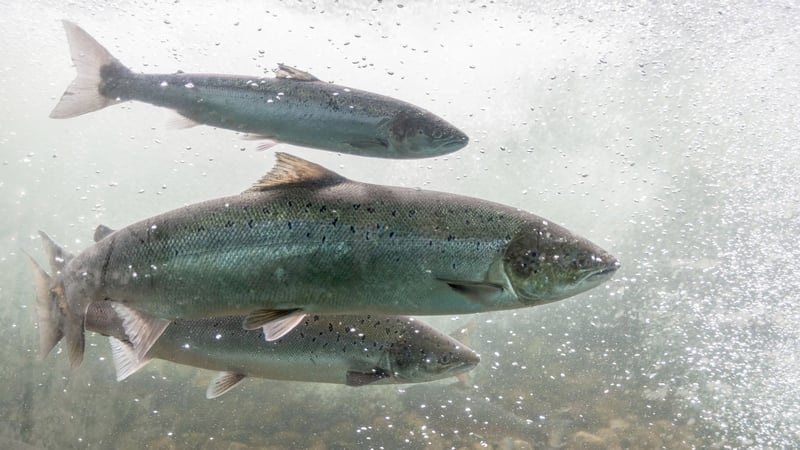
Salmon is one of the fish species that does not thrive in warmer waters such as those found in Biotest Lake.
Fish grow faster
According to Mattias Grunander, an environmental engineer at Forsmark, Biotest Lake is unique. This is particularly true given the opportunity it provides for conducting research related to climate change.
"There is no other nuclear power plant in the world that has a test lake like this connected to the sea. Thanks to this, we have a long timeline of data on fish growth that allows us to study the Nordic environment in elevated water temperatures", he says.
Lake Biotest is not only distinguished for its research; it is also a fish hatchery, points out Mattias Grunander. Many fish enter Lake Biotest in the spring, hatch their eggs, stay there, and then get a boost in their growth compared to other fish born outside the area.
Fish born in Lake Biotest grow faster due to the elevated temperature and very high biological production. The heat leads to ice-free conditions all year round and better growth of algae, plankton and seaweed, which provides the fish with a good food supply. And if there is food and warmth, they can grow very quickly compared to a natural environment.
"The size of the fish partly explains why some choose to remain on the Biotest Lake. The species that thrive in Biotest Lake vary depending on the season. The water temperature is 15 to 20 degrees in the summer and considering that it is always about 10 degrees warmer in Lake Biotest, the temperature can be closer to 30 degrees. Large fish are much more susceptible to oxygen depletion and suffocate if the water gets too warm", explains Mattias Grunander.
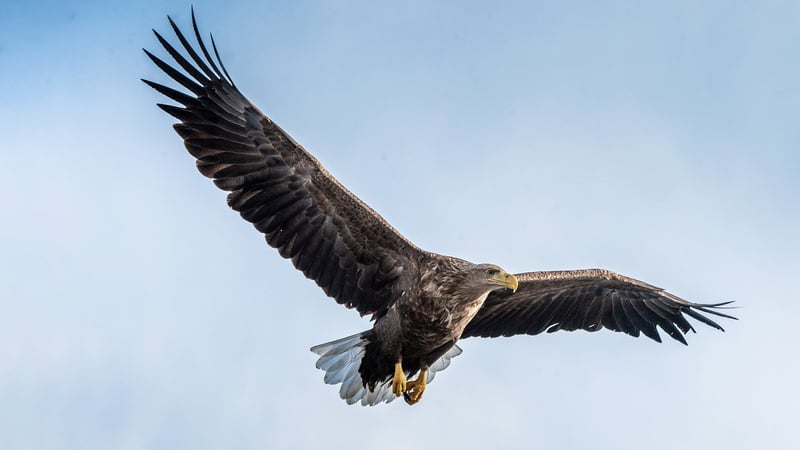
There are a lot of sea eagles in the area.
Large population of sea eagles
Although the elevated water temperatures disrupt the natural ecosystem, with some fish species thriving while others disappear, Biotest Lake is favorable for bird life. Since Lake Biotest never freezes over, fish are available all year round, which has attracted sea eagles, among others, to make Forsmark something of a stronghold. Today, there are many sea eagles living there, accompanied by cormorants and small fish-eating birds such as tufted ducks and goldeneyes.
“There are a lot of sea eagles around Forsmark because there is open water and plenty of fish. I don't think there is a denser sea eagle population anywhere else in Sweden," comments Andreas Björck, project manager at Vattenfall.
When asked about the future of Biotest Lake, Andreas Björck replies that it will remain for a long time to come, but that the time frame is linked to the permit held by Forsmark.
"The positive effects we see in Biotest Lake are related to the nuclear power plant because it is an artificial environment. So, when production ceases, the same conditions for birds to overwinter will no longer exist."
Vattenfall's license to operate nuclear power plants in Forsmark is valid until 2045, and a decision on a 20-year extension is currently pending.
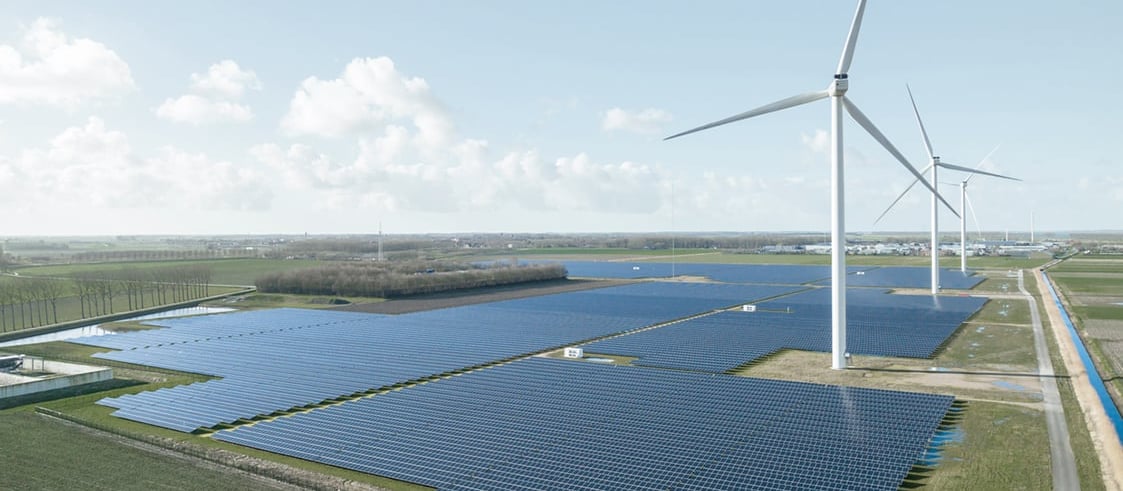
Register for our monthly newsletter THE EDIT
THE EDIT is Vattenfall's new monthly newsletter. Each issue highlights a new burning issue from the world of sustainable energy and fossil freedom.

